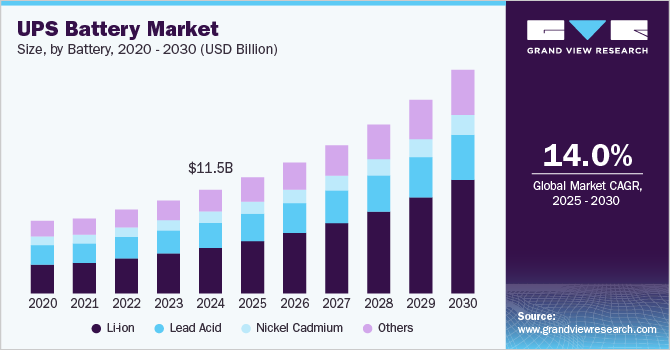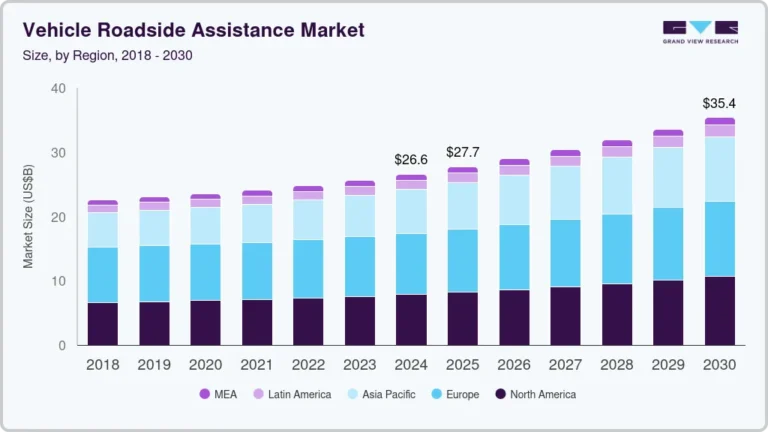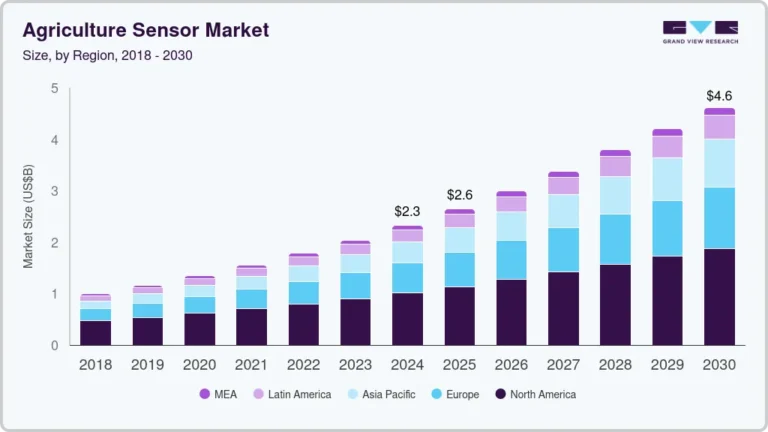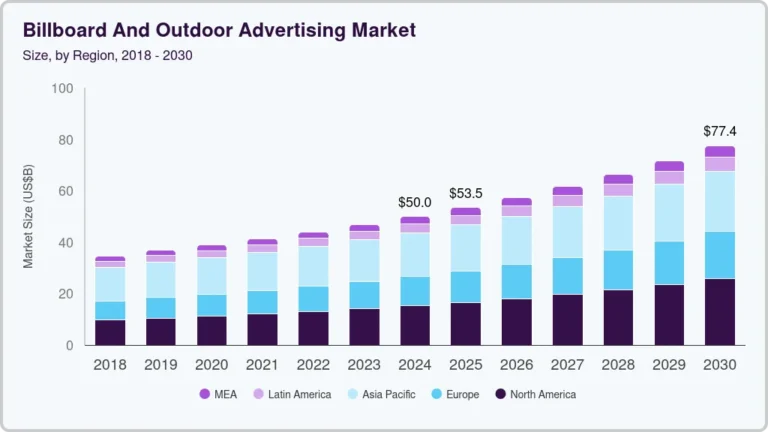Agricultural Fumigants Market Size, Share & Trends Analysis growing at CAGR of 5.5% from 2025 to 2030

The global agricultural fumigants market size was estimated at USD 1.21 billion in 2024 and is expected to grow at CAGR of 5.5% from 2025 to 2030. Evolving requirements pertaining to crop protection techniques and post-harvest practices are driving the growth. Phosphine is the most dominant product, which is extensively used in closed warehouses to protect the harvested crops from insects and other pest attacks. They can diffuse easily and penetrate bulks of stored grains as well as actively perform fumigation activity for more than a week, post-application.
Request a free sample copy or view report summary: https://www.grandviewresearch.com/industry-analysis/agricultural-soil-fumigant-market/request/rs1
The post-harvest phase for a large number of cereals and grains has been gaining importance as the losses resulting from improper storage have been witnessing a significant rise. Every year, around 14% of food is lost between harvest and retail, with a significant amount also being discarded at the retail and consumer levels. According to the study, if only a quarter of the food that is lost or wasted was recovered, it would be sufficient to eradicate global hunger, which further gives rise to preventive measures such as agricultural fumigants.
Reducing the aforementioned losses may lower the pressure on the agriculture industry to meet the dietary requirements of a growing population. Moreover, it is also expected to reduce the exploitation of other sustainable natural resources. The problem is more pronounced in developing countries where farmers’ access to proper storage information is limited, which results in increased crop losses in the post-harvest stage.
The increased demand for infrastructure has resulted in an encroachment of agricultural lands thus adding to the problem of food supply. The reduction in agricultural lands has exerted increased pressure on the existing natural resources. Earlier, there were two options to meet the growing food demand – increase the area under cultivation or boost the agricultural productivity. Although both these options seem feasible, the nature of the solution varies depending on the location of cultivation. Tackling the problem by increasing agricultural productivity is being perceived as the way to go ahead. In developing countries, educational programs are being conducted to keep farmers informed about the various practices globally that aid productivity. Fumigants are also used to prevent losses due to infestation.
Product Insights
Phosphine dominated the agricultural fumigants market and accounted for the largest revenue share of 25.9% in 2024. It is extensively used in closed warehouses to protect harvested crops from insects and other pest attacks. Phosphine can diffuse easily and penetrate bulks of stored grains, and it can actively perform fumigation activity for more than a week post-application. It is used for the disinfestation of legumes, cereal grains, dried fruits, durable food items, and processed foods.
The 1,3 dichloropropene segment is expected to grow at the fastest CAGR of 2.6% over the forecast period. 1,3-dichloropropene is an essential fumigant and is considered a feasible substitute for Bromomethane (MeBr). 1,3-dichloropropene contains lower vapor pressure and uh, higher degradation rates, and a higher level of sorption coefficients than bromomethane, which enables the compound to be more persistent in soil.






